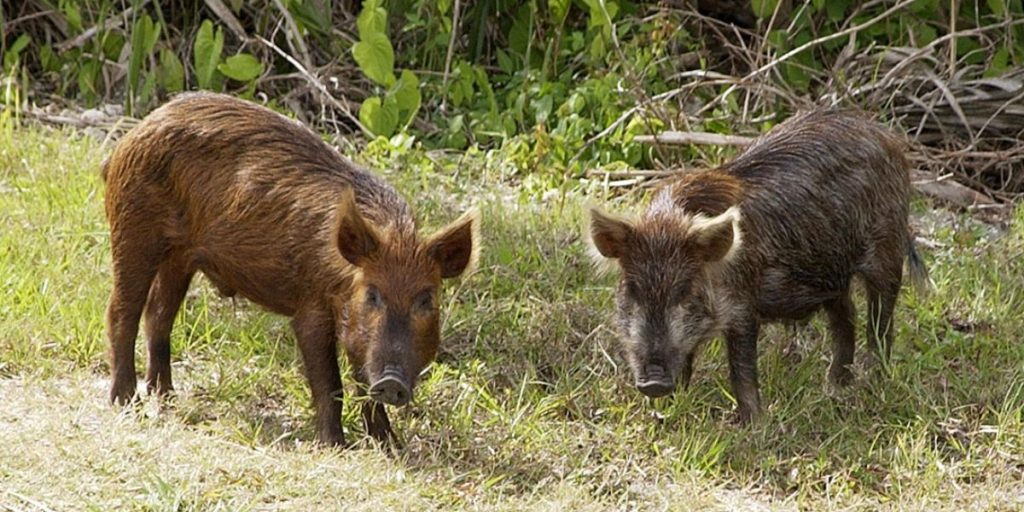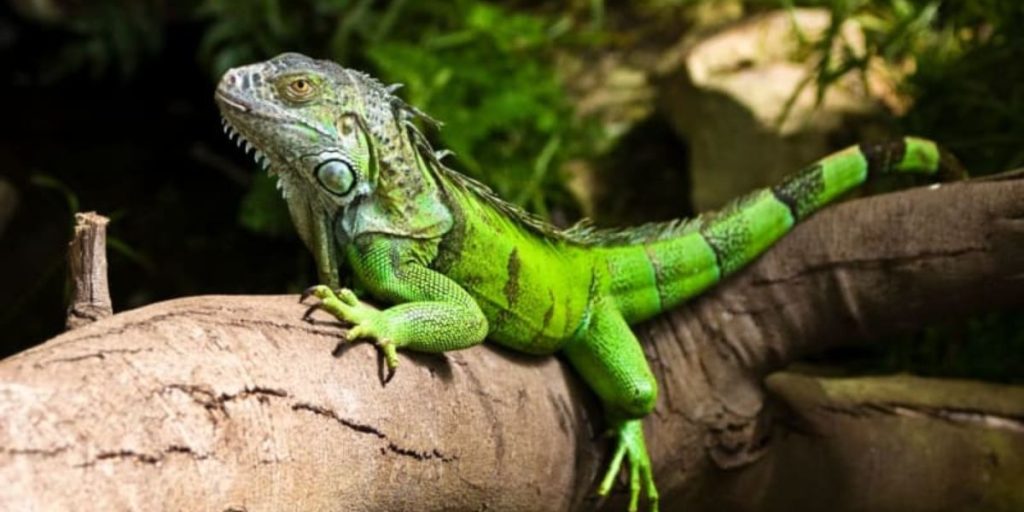Alligator swimming in the Everglades? A huge snake! Burmese Pythons invade Florida. They have migrated into Everglades Park and are destroying the local wildlife. What additional non-native creatures invade Florida? Are 8-inch toads poisonous? The largest rodent in the world? Discover 6 Florida-invading critters!
Burmese Pythons
Burmese Pythons are huge! They can grow to 20 feet and weigh 200 pounds. 4-5 grown adults handling a python may have been photographed. They live in Asian forests and marshes like India, China, and Vietnam, not Florida. First recorded in October 1979 in the Everglades National Park, they have grown in numbers and became a breeding population by 2000. They kill and eat many native wildlife, including endangered ones, making them a major issue.
Researchers say the Everglades rabbit population is gone. Seeing raccoons, opossums, and bobcats has dropped by 99% and 88%, respectively. Pythons devour endangered animals including the mangrove fox squirrel and wood stork. Work continues to halt their advance.
Feral hogs

Most US states now have wild boars, but not always. They were transported from Spain as livestock in the early 1600s, but a group escaped and breeding populations grew. Large boars! Some 400-pounders are aggressive. Large animals are destroying Florida’s vegetation and ground cover by uprooting vast regions. Hogs may destroy acres of crops in hours. Hunting wild boars helps curb their spread, but they are hard to eradicate.
Fire ants
Avoid slipping off your flip-flops and stepping on a fire ant hill. They bite and run up when disturbed. If they find your foot, they will run up your leg leaving painful bite marks. They react collectively. They leave sore, itchy bites that might last 10 days but are not fatal. Red ants range in size from 1/16 inch to 1/4 inch in each colony. Fire Ants from South America were supposed to have entered the US in the 1930s through Mobile, Alabama, likely in ship ballasts.
Cane Toads
Getting up to a yard full of dandelions is upsetting, but what about enormous 8-inch toads? Bufo toads, or cane toads, are usually 4-6 inches long but can reach 9 inches. They have warty grayish-brown skin.
Their major concern is skin excretion of a milky white poison. Pets and tiny children who contact or swallow the poison can get very sick. Dogs and cats that scent or eat toads can die within 15 minutes if untreated. Touching a toad can cause a severe rash in small children. They inhabit south, central, and panhandle Florida.
Iguanas
Maybe your yard has a five-foot iguana instead of huge toads! When first recorded in Florida in the 1960s, green iguanas invaded. Brown with orange undertones, green, or black. Their spiked backs make them good swimmers. These invaders cause two issues in Florida.

They start by digging enormous tunnels that destroy home and business foundations. Imagine a five-foot lizard’s burrow! Second, their excrement is everywhere and can spread salmonella, which can make humans sick. A professional nuisance wildlife trapper can remove one for you.
Lionfish
Lionfish are beautiful but eat all local fish! They disrupt small fish balance on Florida coral reefs. They can take over because few larger fish or predators would kill them because of their stinging spines.
Lionfish are 18 inches long and brown/maroon-striped. Venomous spines can damage humans, so if stung, seek medical assistance. They originated in the South Pacific and Indian Oceans and were first sighted in Florida waters in 1985. The eastern US coast is currently covered by them up to New York.
Conclusion
Florida grapples with an array of invasive species, including Burmese Pythons wreaking havoc on native wildlife, feral hogs disrupting ecosystems, fire ants delivering painful bites, poisonous Cane Toads posing a threat to pets and children, iguanas causing property damage, and lionfish upsetting the balance in coral reefs. The state continues efforts to manage and mitigate these invasive critters.